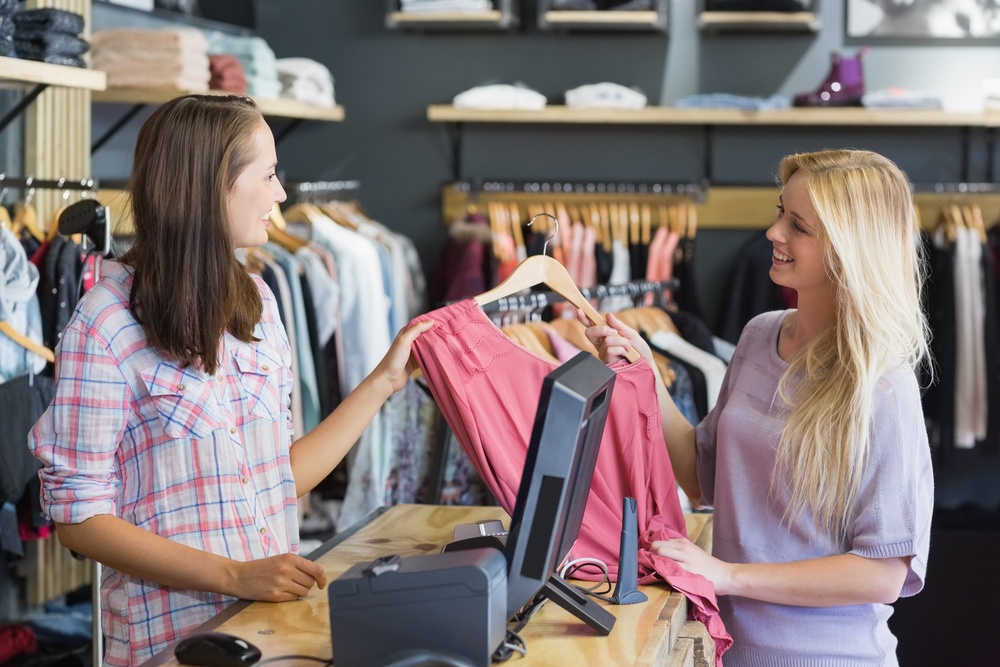Retail training is changing with the extension of technology into most every aspect of our lives. The most visible change in training is the emergence of eLearning from the backroom to the sales floor, putting support for employees in their hands, when they need it. With so many changes happening, we wanted to put together a list of best practices for retail eLearning to help keep you and your employees up to date and engaged.
Quality Content
This seems like a given, but it’s one of the easiest places for your staff to lose interest. If the lessons are weak or redundant, employees will tune out and render the exercise pointless. Make sure you are talking to your employees to get their feedback on the content and how it could be improved. This takes an open attitude from management, who may not be accustomed to hearing criticism from their workers. Work with your employees to create quality content that will be of use both to them and the company.
Data-Driven
Use the information you get from testing and content views to guide employee career development. Following what your staff is interested in naturally can help lay out their next steps in the company, from sales floor to inventory specialist, visual merchandising, or assistant manager. The details are in the data that your eLearning system should be tracking.
The most effective learning happens as part of a team, where behaviors are observed and emulated by new staff. The repetition of these tasks help plant permanent seeds of action. The rise of social media has also seen a culture of sharing progress, which then prompts encouragement from their team members, putting a virtuous cycle in motion that leads to a positive work environment and culture.
With retail eLearning moving into the working environment, whether on the sales floor or inventory space, there isn’t time for a lengthy lesson. Save that for your training sessions and keep your content short - from 30 seconds to 3 minutes, tops. These short boosts of performance support helps with retention and keeps employees focused on their tasks.
Mobile
As we stated in the outset, learning has moved out of the back room, and your employees will expect that it is also in a form that’s familiar to them: smartphones and tablets. Some retail eLearning systems have security measures in place that you can install the software on personal devices so that the learning can continue off the floor as well. (Be careful and make sure to have hourly employees clocked in while working on any learning modules)
If you haven’t implemented eLearning in your retail stores, we suggest using these best practices as a baseline for evaluating new systems. There is a lot more to consider - how any system will affect your Operations and IT departments, for starters - and you will also want some members of your staff on the evaluation team to make sure they like the system enough to use it once installed. When everyone is on board, you’ll have the green-light to put these practices in place!






